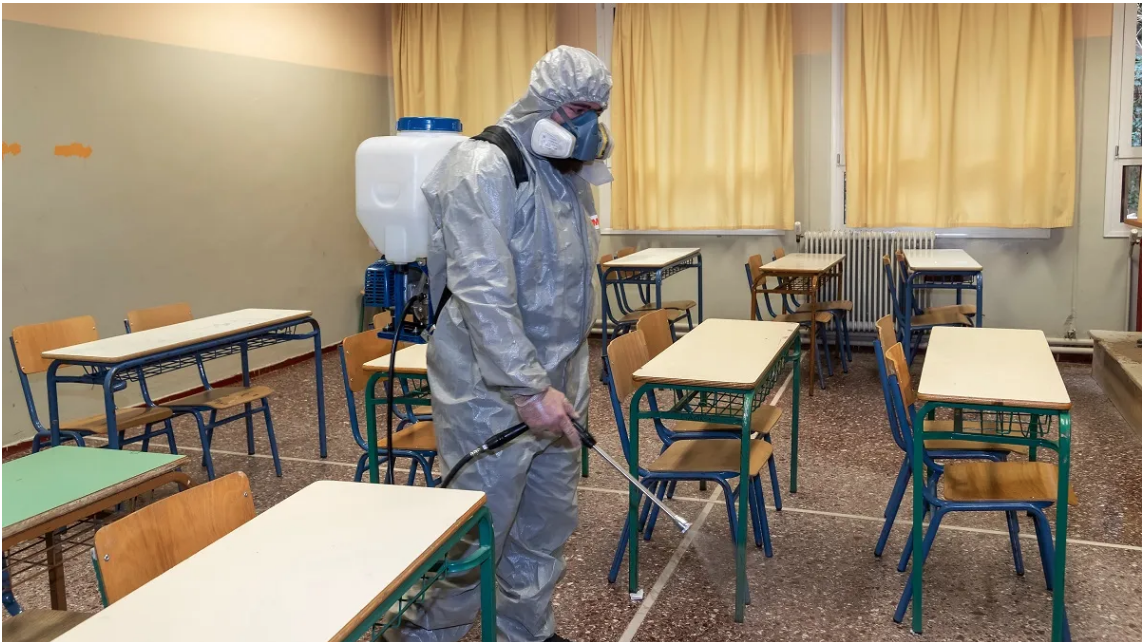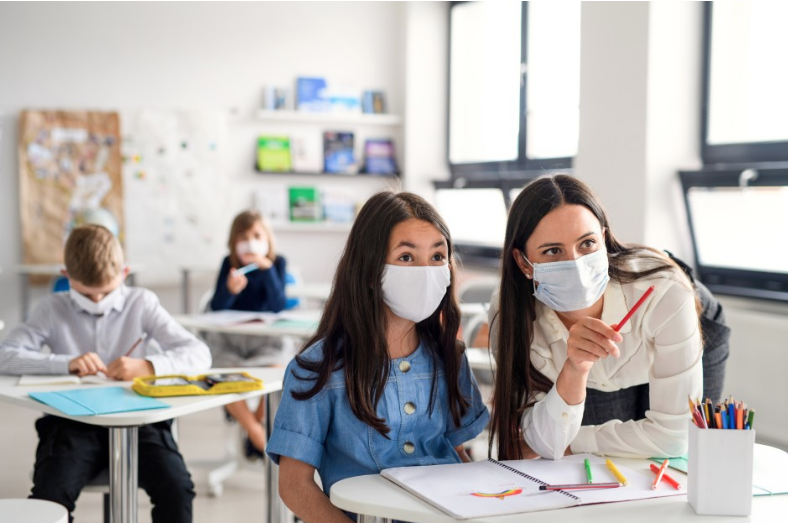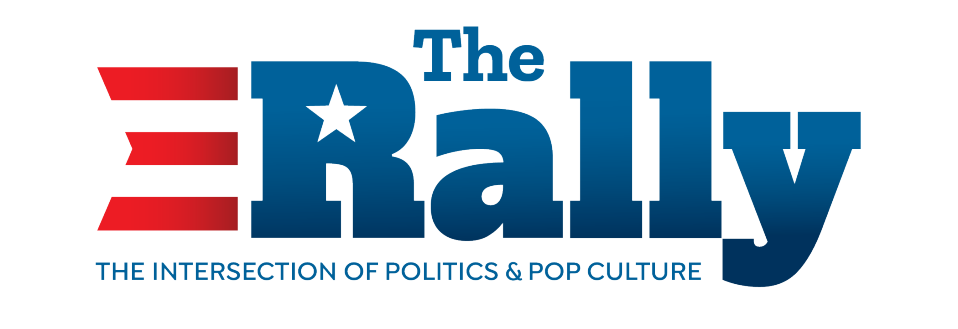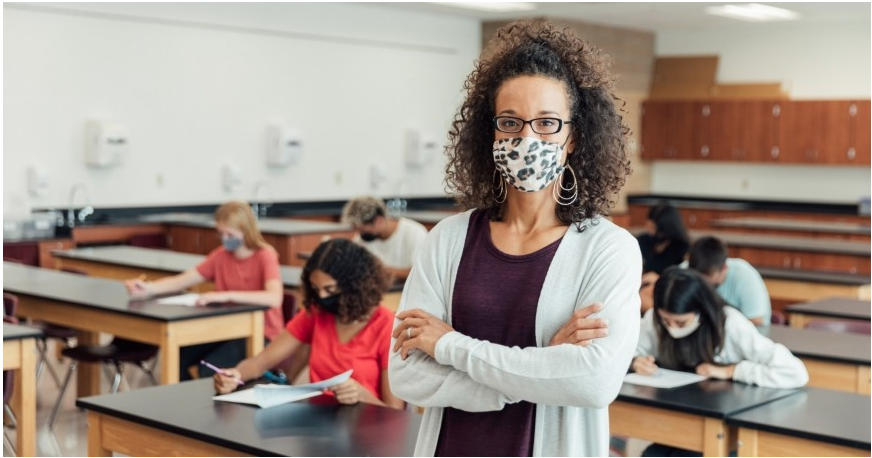COVID-19 shocked our K-12 school system, upending families and children. But disruption is only part of the saga. The pandemic also inspired families and civic entrepreneurs to create a new path forward for K-12 schooling in the 21st century.
As students return to school this fall, we’ll likely see a more parent-directed and child-centered approach to schooling, with families taking advantage of more education options than they had before COVID-19. There are three ways the K-12 landscape may be permanently changing:
Many parents don’t want “the old normal.” That’s the message of a November 2020 survey by FIL Inc. It found two of three (66 percent) parents would rethink “how we educate students, coming up with new ways to teach children.” Only one-third believe schools “should get back to the way things were before … COVID-19.”
The survey also found significant parent interest in new ways to finance schools. Nearly eight in 10 (76 percent) want “education funding [to] follow the student to whichever school they or their parents choose.” And 80 percent want the government to provide families with education savings accounts.
An April Beacon Research poll of K-12 parents gauged reactions to the massive infusion of federal education funding in the three COVID-19 relief packages. Nearly six in 10 (58 percent) see funding as “open[ing] the door to making bold changes in public education.” Over six in 10 say this money could be either “extremely effective” or “very effective” in helping students by “expanding high-quality tutoring programs” (69 percent); “creating more school options, like charter schools [and] learning pods” (65 percent); and “providing direct grants to parents of $500 per child” (62 percent).
Many parents want a more transparent system. The Beacon survey shows parents focused on how states and districts will use new federal support, holding states accountable for results. Nine in 10 (91 percent) believe it is “extremely” or “very important” for schools to be transparent on how funds are spent. Eight in 10 (80 percent) say it’s “extremely” or “very important” to have regular updates on how funding impacts student performance. This desire for transparency is consistent across racial, ethnic, income and demographic lines.

Online learning is here to stay. Most parents prefer in-person learning. A May RAND Corporation survey found more than eight in 10 (82 percent) will send at least one child to in-person school full time this fall. But an NPR/Ipsos spring poll found almost three in 10 (29 percent) parents likely to stick with remote learning indefinitely, including about half currently enrolling a child in remote learning.
But even parents preferring in-person learning support using technologyin new ways, according to the Understanding America Study: 82 percent “support” or “strongly support” remote student tutoring; 80 percent want remote means for parent-teacher conferences. Other surveys mirror this sentiment, including those by the National Parents Union and EdChoice.
And some school districts intend to continue or expand online learning.
A RAND survey of leaders from more than 375 school districts and charter management organizations found one in five considering a remote school option post-pandemic. The districts are of all shapes and sizes, such as Miami-Dade in Florida, the fifth-largest district in the nation with more than 350,000 students; Cobb County, Ga., the second-largest district in the state with more than 112,000 students; and nine rural counties on Maryland’s eastern shore.
Another example is found in the nonprofit Khan Academy, which has provided free online educational resources directly to teachers, parents and students since 2006. It expanded its program to school districts and is now partnering with around 200, up from nine pre-pandemic.

Not all districts are following suit. New York City and New Jersey announced remote learning won’t be available for the fall school year. Four New Jersey parents upset by this decision founded New Jersey Parents for Virtual Choice. Co-founder Karen Strauss said, “We want everyone to have a choice. If they want to go back to school or if they don’t want to go back to school, they should be able to choose what is best for them.”
COVID-19 indeed motivated families and civic entrepreneurs to create a new path forward for American K-12 schooling, with more education options. Deborah Gist, superintendent of schools in Tulsa, Okla., summarizes this change: “None of us would have ever wanted to go through this. [But] we have a chance now to make it something that will change teaching and learning forever for the better.”


